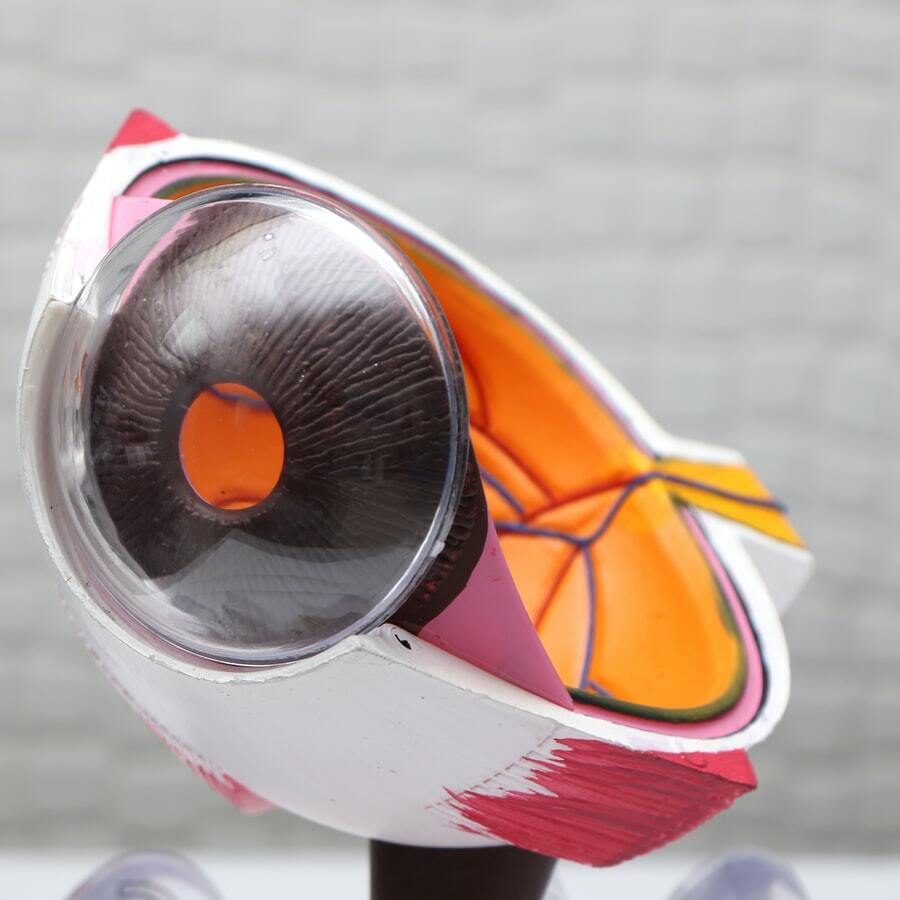Late-Onset Glaucoma May Develop at Longer Interval After Childhood Cataract Surgery
Study findings suggest that some cases of secondary glaucoma occur up to 16 years after the original cataract surgery.

New data determined no clear evidence for increased occurrence of late-onset glaucoma in long-term follow-up of patients who had undergone surgery for congenital cataract in childhood.
With a mean follow-up time of 23.2 ± 6.6 years, the prevalence of secondary glaucoma was reported as 14.8%.
“The six patients with glaucoma were all discovered 10–16 years post-surgery, emerging during the last two decades,” wrote study author Yuri Belitsky, Department of Ophthalmology, Sahlgrenska University Hospital. “This indicates that late-onset glaucoma can develop quite a few years down the line, with a longer interval than previously shown.”
Agreements in previous research suggest that secondary glaucoma following cataract surgery may present at any time, beginning shortly after surgery to several years later. Although life-long follow-up remains recommended, there are sparse guidelines in literature about the frequency of follow-up.
Belitsky and colleagues aimed to provide a longitudinal follow-up using a defined cohort in Sweden to determine the occurrence of late-onset glaucoma in patients who underwent cataract surgery in childhood and to evaluate long-term visual outcomes of patients with congenital cataract to ascertain optimal follow-up after surgery.
The study presented follow-up data for a 37-year period. It included all children born between 1980 and 1997 in the Western counties of Sweden who had undergone congenital cataract surgery.
Patients were split into two subgroups, consisting of those who developed postoperative glaucoma and those who did not. Cataract was considered congenital if it was not proven to be developmental. Glaucoma was considered late onset if it occurred 1 year following surgery.
Investigators reviewed medical records with respect to onset of glaucoma, age at surgery, surgical technique, coexisting eye anomalies and changes in visual acuity.
A total of 77 patients were included in the study with a total of 122 eyes. The total glaucoma occurrence was noted to be 14.8% with a mean follow-up of 23.3 years, including early (4.1%) and late-onset glaucoma (10.7%).
Investigators found microphthalmos was a significant risk factor for developing glaucoma (RR, 7.75; P <.001). Moreover, bilaterally treated eyes saw a mean visual acuity of 0.43 ± 0.33 at the last follow-up.
Data show the difference in visual outcomes were amplified in patients with glaucoma. All 6 patients with unilateral cataract who developed glaucoma had a visual acuity of <0.05, but only 4 patients (33.3%) with bilateral surgery and glaucoma had an equally low visual acuity.
Belitsky added that the original purpose of the study aimed to better understand the scope and frequency required for adequate treatment and detect harmful conditions at earlier stages.
Although no new cases of glaucoma presented beyond 16 years postoperatively in their findings, investigators noted there needs to be further research to determine if glaucoma develops after this time.
“Continuous follow-ups are thus necessary to detect these cases early, and special attention needs to be shown to patients with microphthalmos, as they are at a significantly increased risk of developing glaucoma,” Belitsky concluded.
The study, “Late-onset glaucoma following congenital cataract surgery: Occurrence, visual acuity and risk factors: A 37-year longitudinal follow-up,” was published in Acta Ophthalmologica.